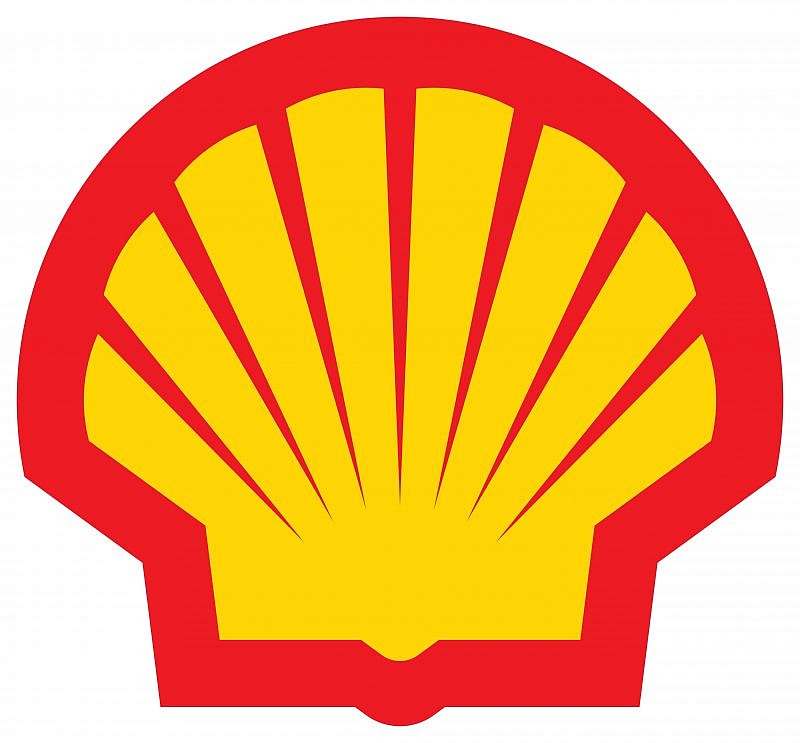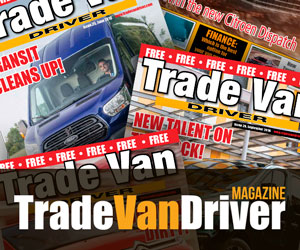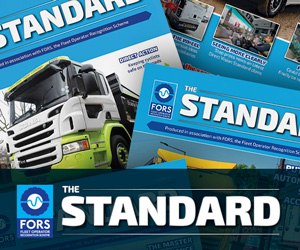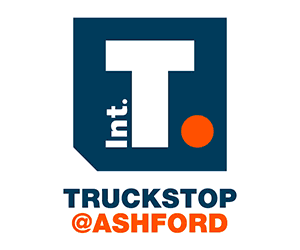
Dr Wolfgang Warnecke, Chief Scientist Mobility, Shell
In most major markets, public concern about climate change has increased significantly over just the last year. And this shift is likely to have an impact on commercial fleets.
In 2018, the European Social Survey found that a third of Europeans want the EU to increase taxes on fossil fuels1. And a 2018 survey by Nielsen found that 68% of Europeans now say they prefer sustainable companies2.
This shift in public opinion poses a challenge for fleet managers. The average European heavy commercial vehicle is on the road for twelve years3. This leaves hauliers looking for ways to make their fleets more sustainable and cut emissions, using existing — and even old — technology.
How can commercial fleets respond to legislative and consumer pressure to be more sustainable now, with their current vehicles?
Here are eight tips we learnt developing the Starship Truck and working with other OEMs which you can apply to your fleet to help reduce emissions today.
1. Cut rolling resistance:
with the right tyres, the right axle and bearing grease, and the right maintenance regime, you can help improve fuel efficiency by reducing rolling resistance.
2. Reduce drag:
using add-ons such as side-skirts, trailer tails and reducing the gap between trailer and tractor can all help reduce drag and improve fuel efficiency.
3. Use premium lubrication:
high-quality, low-viscosity engine oil — with friction-reducing additives — cuts mechanical loss, helps to improve efficiency and reduces emissions.
4. Use biodiesels:
add sustainably sourced biofuels to your standard fuel. But do this only in consultation with your fuel supplier, who can help you do this safely and effectively.
5. Use vehicle automation:
automating even simple things such as optimal gear changes to operate the engine in most efficient range helps to improve fuel efficiency and reduce emissions.
6. Maximise utilisation rates:
use freight-brokerage apps and fleet management tools to maximise utilisation rates, cut idling and eliminate empty miles.
7. Switch to integrated fleet management:
plan routes, maximise utilisation and dynamically re-route to cut fuel consumption with the latest telematic fleet solutions.
8. Tailor driving styles:
use information from the truck’s telematics and other systems to help coach drivers to be more fuel efficient in their driving styles.
The modern fleet manager is far from powerless in the face of demands to reduce emissions. With the right combination of improved practices, modern technologies and premium consumables, you can cut your emissions and your fuel consumption right now.
And that isn’t just good for the environment, it helps your bottom line too.




